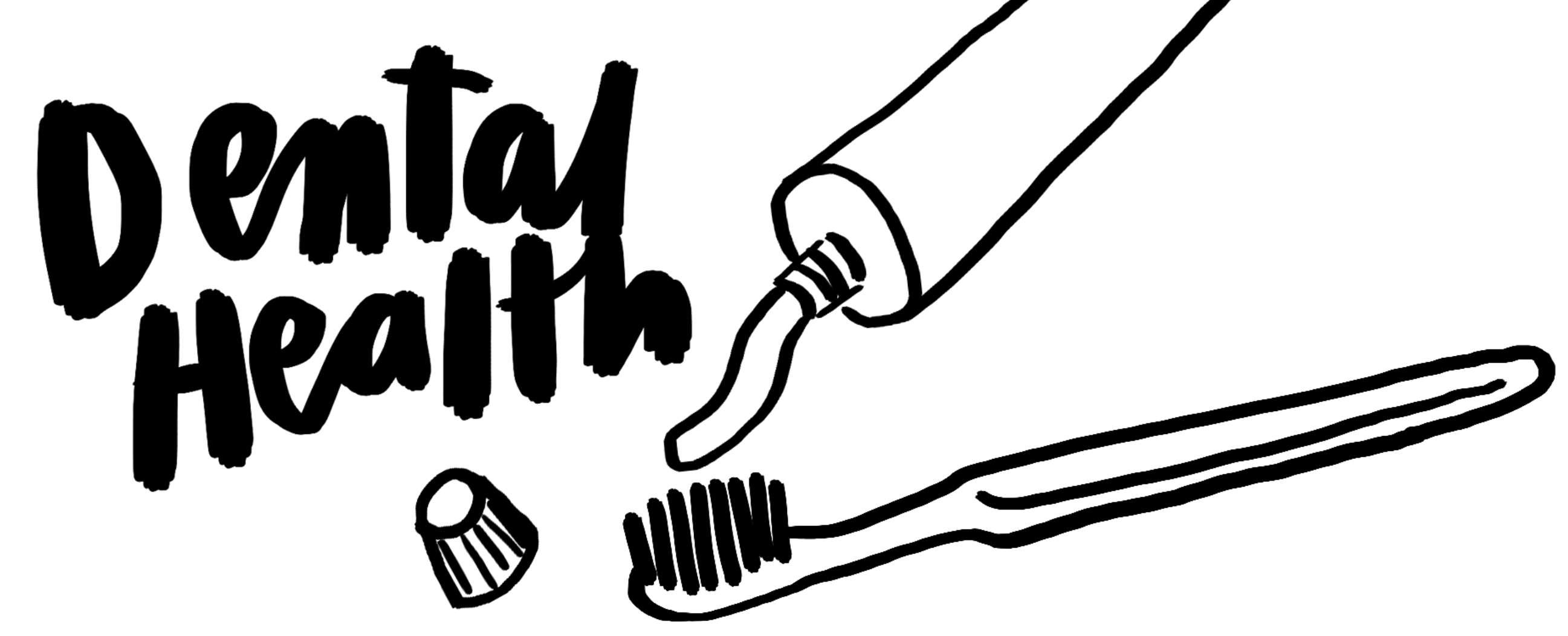Everyone wants a winning smile but nobody likes the sound of a dentist’s drill. If you have Type 1 diabetes, research shows that you may be more predisposed to certain types of gum and teeth disease. Having diabetes itself isn’t usually the cause of these problems, but diabetes makes it easier for you to get them and often makes them worse. The good news is, there are simple ways to take care of your Type 1 dental health, and if you practice these recommendations until they become routine, you won’t have to worry about that smile fading away anytime soon.
Type 1 Dental Health Concerns
1. Dry Mouth
Saliva helps move food around your mouth and into your body, but it also acts as a kind of cleanser, washing away germs and regulating acids. As someone with Type 1, you might have already noticed that you tend to have a drier mouth — maybe your lips crack often and swallowing food is sometimes unpleasant. This is because your body, on the whole, produces less saliva. Other than as a general discomfort, lack of adequate saliva often leads to the more serious problems below. Since dry mouth can also cause more decay, xylitol, and natural sugar (found in fruit) works great to curtail the cavity causing bacteria.
To prevent dry mouth, sip water throughout the day or chew sugarless gum to promote saliva. Never use a mouthwash with alcohol in it as it will further dry out the mouth. There are many alcohol-free mouthwashes on the market that are made specifically for dry mouth. You can also apply moisturizers to your lips.
2. Gingivitis
When the germs and acids in your mouth build up, the gums become irritated, and a mild form of gum disease called gingivitis can develop. The symptoms include irritation, redness and swelling of gums. Gingivitis can cause gums to lose its tissue, and once that happens, the process is irreversible! But fear not, you can prevent gingivitis from happening with preventative measures.
The best way to fight against gingivitis is by making sure you maintain a proper blood glucose level. Research has found that T1Ds with poor control of their glycemic levels have the highest rate of gingivitis. Regular, proper brushing (at least twice a day) is also important. Use a soft toothbrush and apply small, circular motions to the surface of the teeth. Angle the brush towards the gum but don’t push too hard. Anti-gingivitis rinses are available as additional options to control bacterial growth.
3. Infections
Yeast infection (thrush) is a disease that produces creamy, white, “cottage cheese-like” lesions to appear on your tongue, cheeks or the roof your mouth. The high level of glucose in your saliva creates a paradise for fungus to grow. If left untreated, yeast infections can spread to your esophagus and other parts of your body, too.
Another kind of infection is periodontitis, a severe form of gum disease (think of it as a meaner, wickeder gingivitis). Not only can it cause gum tissue loss, but periodontitis can also destroy the underlying bones that support your teeth. One study found that periodontitis occurs as much as five times more in T1Ds than in the control group!
For both kinds of infection, once again, proper control of your blood glucose level and good dental hygiene are your best allies. Unfortunately, once you get an infection, research has also shown that T1Ds tend to have it worse and the infection tends to heal slower. This is because infections often cause your blood sugar level to rise, which promotes even more bacterial and fungal growth. Infections are a vicious cycle, a bad relationship you don’t ever want to get involved with.
4. Cavities
There’s still some debate about the connection between Type 1 diabetes and cavities, with some studies finding that children with Type 1 have about the same rate of cavities as their non-Type 1 peers. However, what remains true is that harmful bacteria tend to grow more easily with T1Ds. These bacteria, combined with sugars in your mouth, form a soft, sticky film called plaque. Over time, the deposits can form into tartar that cements to your teeth and make it hard for you to remove them with normal brushing.
Using dental floss at least once a day can prevent plaque buildups. Brushing alone cannot get rid of food particles that are trapped between the nooks and crannies of your teeth. It might sound like so much hassle at first — but keep flossing as part of your daily habit and you’ll soon get used to it.
Visiting the Dentist’s Office
When visiting your dentist, you should let him or her know right away that you have Type 1 diabetes. A regular checkup and teeth cleaning every 6 months is standard practice; sometimes, your dentist might want to see you a bit more often. In addition, there are certain things you’ll need to plan ahead and keep in mind.
Do:
- Eat your normal, healthy meal before your appointment.
- Take all your medications on schedule.
- Bring your glucometer with you to the dentist’s office.
Don’t:
- You should not undergo any extensive surgery or treatment of serious infection if your blood glucose level is too low or unstable.
- Don’t assume that your dentist will know about any changes to your health or medication without telling him or her.
Either way, your dentist can help you determine whether a particular procedure is safe to be performed or not, and whether you’ll need antibiotics to prevent any infection. Remember that optimal Type 1 dental health comes from preventative measures that start with daily cleaning routines. Brush and floss frequently and visit your dentist at least twice a year to keep those pearly whites in top form.
